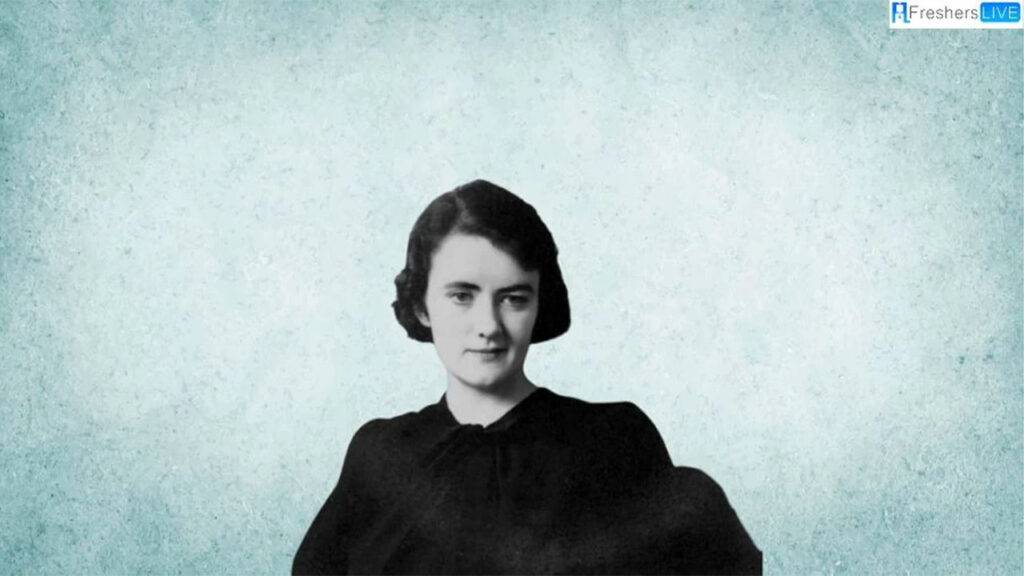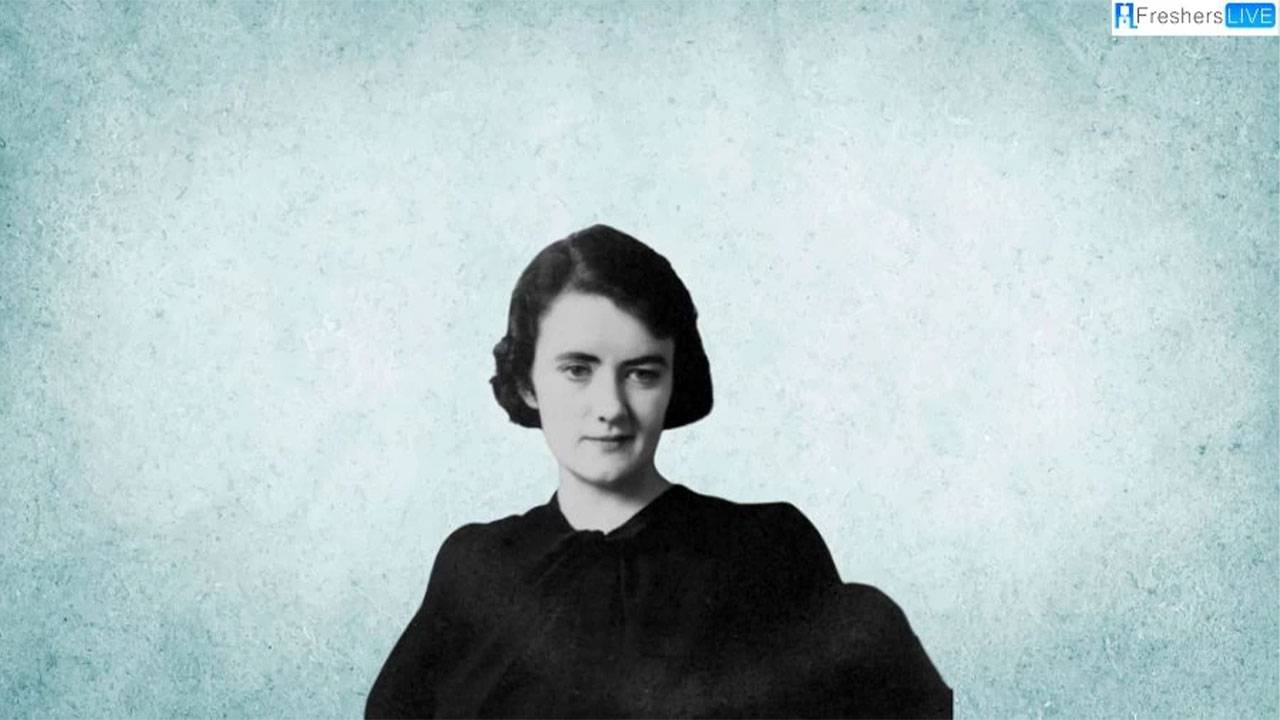In historical events surrounding the development of the atomic bomb, the movie “Oppenheimer” sheds light on the tragic death of Jean Tatlock, a figure whose life was intertwined with J. Robert Oppenheimer.
This article delves into the circumstances surrounding Jean Tatlock’s demise and explores how the film captures this poignant historical moment.

What Happened to Jean Tatlock?
“As a result of their relationship and her membership in the Communist Party, she was placed under surveillance by the FBI, and her phone was tapped. Tatlock experienced clinical depression, and died by suicide on January 4, 1944.”
Jean Tatlock’s demise unfolded against the backdrop of her relationship with J. Robert Oppenheimer. The scrutiny she faced due to her Communist Party affiliation and FBI surveillance casts a shadow on the circumstances leading to her tragic end.
How Did Jean Tatlock Die in Oppenheimer?
“Even though Jean and Robert had not seen each other for several years potentially, her death still had a significant impact on him. He felt guilty after Jean Tatlock died by suicide because he was too busy to be there for her” (source).
Oppenheimer’s guilt, depicted in the movie, raises poignant questions about the complexities of their relationship and the toll it took on Oppenheimer. The emotional weight carried by the protagonist adds a layer of depth to the narrative, prompting viewers to reflect on the impact of personal choices on the lives of those around us.
Oppenheimer’s Connection to Jean Tatlock’s Death
“Jean Tatlock died in January 1944 at the age of 30 years old in real life, and Oppenheimer brings her tragic passing into the story through the titular character. J. Robert Oppenheimer learns about her death while working on the atomic bomb” (source).
The movie “Oppenheimer” weaves Jean Tatlock’s death into the narrative, providing a glimpse into the emotional turmoil experienced by J. Robert Oppenheimer. Despite years of separation, Jean’s death profoundly impacts Oppenheimer, leading to questions about the authenticity of the portrayal.
Comparing Movie Portrayal to Reality
“How the movie portrays Jean’s death raises questions about how it compares to Oppenheimer’s true story” (source).
While movies often take creative liberties, it is essential to scrutinize the accuracy of the portrayal. Questions arise about the fidelity of the movie’s depiction of Jean Tatlock’s death and its alignment with the historical facts surrounding J. Robert Oppenheimer’s life.
Unraveling the Historical Threads
To comprehend the nuances of Jean Tatlock’s life and death, one must navigate the historical landscape of McCarthyism, the Communist Party, and Oppenheimer’s pivotal role in the development of the atomic bomb. The intertwining of personal relationships with the socio-political climate adds complexity to the narrative.
Conclusion
In unraveling the tale of Jean Tatlock’s death in “Oppenheimer,” the convergence of historical events and cinematic storytelling becomes evident. The real-life complexities of Tatlock’s experiences, coupled with Oppenheimer’s reactions, offer a poignant exploration of human emotions amid the backdrop of significant historical events.
As viewers contemplate the movie’s portrayal, they are left with a lingering question: How faithfully does “Oppenheimer” capture the essence of Jean Tatlock’s tragic end and its impact on J. Robert Oppenheimer’s life?





